 Personification is when we give human traits or feelings to things that aren’t human. For example, when we say the wind “whispers” or the trees “dance,” we are making it seem like these things can act like people. It’s a fun way to make stories and poems more lively and interesting!
Personification is when we give human traits or feelings to things that aren’t human. For example, when we say the wind “whispers” or the trees “dance,” we are making it seem like these things can act like people. It’s a fun way to make stories and poems more lively and interesting!
Spark your thinking!
1. Set up your language arts mini spark recording page: #67: Literary Device Lesson-Personification
2. Watch this video clip that illustrates the use of personification. Record 3 examples from the video on your recording page.
3. Check out how these examples of personification are illustrated.
Choose activity 4 or 5 to completez:
4. Draw and color an illustration to match each example of personification and then one of your own. You can draw these on your recording sheet or click on image to open the document to print.
5. Write a story about a day in the life of an object, using plenty of personification. Include an illustration. You may do this on your recording sheet or on the template linked below (click on image).
6. Share your language arts mini spark recording page and any other pages with your teacher/EY coordinator.
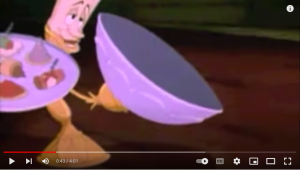
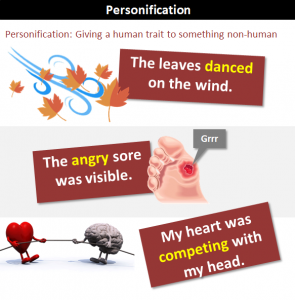
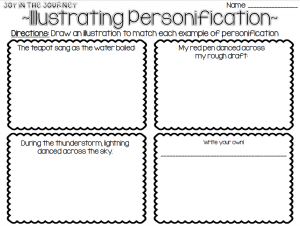

 The semicolon might appear to be misunderstood. It resembles a combination of a comma and a period, which could explain why we often misuse these punctuation marks, treating them like grammatical confetti. This lesson aims to provide clear guidance and best practices for the correct usage of the semicolon.
The semicolon might appear to be misunderstood. It resembles a combination of a comma and a period, which could explain why we often misuse these punctuation marks, treating them like grammatical confetti. This lesson aims to provide clear guidance and best practices for the correct usage of the semicolon. Get ready for spelling bee season by reviewing some strategies to help you spell new words.
Get ready for spelling bee season by reviewing some strategies to help you spell new words.


 Modifiers are words, phrases, and clauses that add information about other parts of a sentence—which is usually helpful. But when modifiers aren’t linked clearly enough to the words they’re actually referring to, they can create unintentional ambiguity.
Modifiers are words, phrases, and clauses that add information about other parts of a sentence—which is usually helpful. But when modifiers aren’t linked clearly enough to the words they’re actually referring to, they can create unintentional ambiguity.


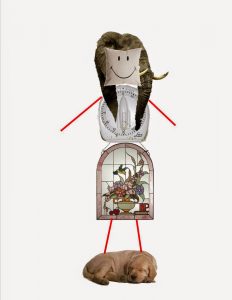
 Even if a picture is worth a thousand words, it still needs a caption. Captions are easy to write if you begin with the basics.
Even if a picture is worth a thousand words, it still needs a caption. Captions are easy to write if you begin with the basics.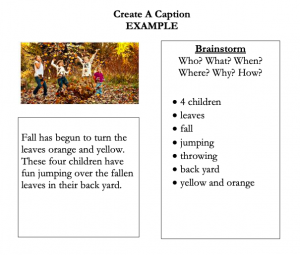



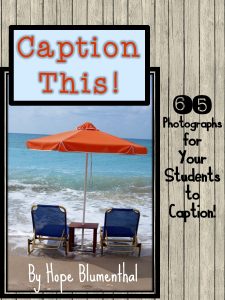
 Is it possible to make a complete sentence using just one word over and over? Complete this mini spark to find out.
Is it possible to make a complete sentence using just one word over and over? Complete this mini spark to find out.


